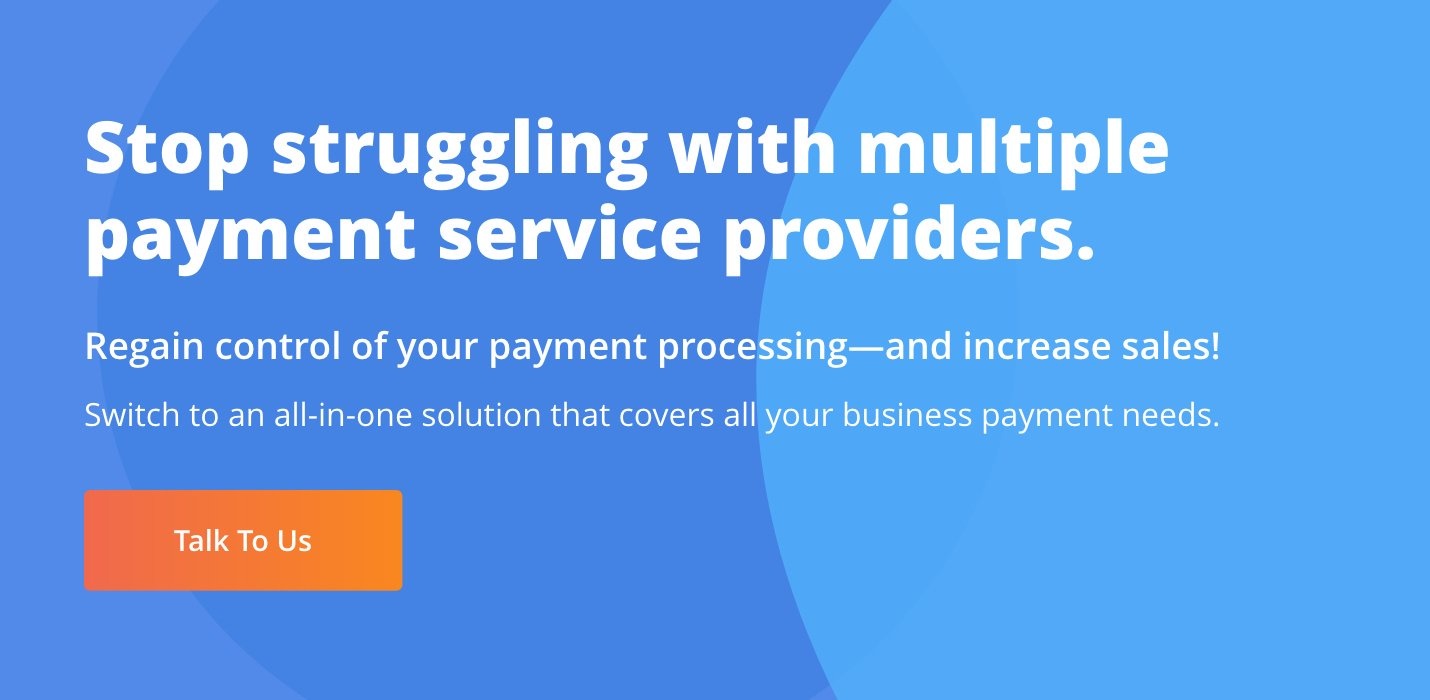Hi, I’m Steve Klebe, Head of Business Development—Processor Partnerships for Google Pay. I’ve been at Google for seven years and in the payments business for nearly 40 years, having worked at Verifone, CyberSource, and numerous other companies in a variety of sales, sales management, product, marketing, and strategic partner management roles. We are very excited to be adding BlueSnap to our family of partners supporting Google Pay.
What is Google Pay?
Google Pay is a free service that works across Android apps, mobile web, and desktop with all major browsers and operating systems. It leverages both the cards that consumers have provisioned to their phones for use at the POS via NFC, and all the cards users have saved to their Google accounts as a result of using Chrome autofill, or having bought any service from Google like a YouTube subscription or an app from the Play Store. This adds up to hundreds of millions of cards and is available for use in over 60 countries.
Google Pay is a free service that works across Android apps, mobile web, and desktop with all major browsers and operating systems. It leverages up to hundreds of millions of cards and is available for use in over 60 countries. Click To Tweet
How does Google Pay work?
Once integrated on a merchant’s website or app, here’s what happens: When the consumer clicks on the Google Pay button, the consumer is authenticated and the system gathers the card info. The information is encrypted with a key that is securely managed between BlueSnap and Google, and combines that with other information like their name, email address, billing, and shipping address and responds back to the merchant. The merchant then makes their normal API call to BlueSnap and passes along the encrypted information. BlueSnap decrypts the information and proceeds with the processing service.
Google Pay was launched in early 2018 and took the place of Android Pay. The change in brand was a reflection of the fact that 1) the service would no longer be limited to use on Android devices or Chrome on mobile, and 2) we were combining all the cards Google has on file with the phone-based tokenized cards.
You can find a lot more information about the service here and here.
Benefits Of Google Pay
I would like to highlight a few key differentiators in addition to the points I have already mentioned. Most wallets require their users to go through an enrollment process and then pick and remember a username/password. Both these steps create a lot of friction to both adoption and usage. With Google Pay, we are leveraging the fact that, across the spectrum of Google services, there are billions of users with a Google account, which has resulted in the hundreds of millions of cards on file.
Also, we are leveraging the user’s existing Google account and the fact that, in most situations, the user is already logged in. In those rare cases they are not logged in, most users remember their Google username and password since they use it more often than a typical wallet alone might be used. Also, the Google Pay brand is now being used across the many Google properties, and from within hundreds of thousands of third-party sites and apps (ex; Fandango, Uber, Dunkin Donuts, Starbucks, StubHub, B&H Photo, Airbnb, Adidas, Postmates, Macy’s, etc.), thus creating and reinforcing significant brand recognition.
Lastly, the Google Pay API has been synchronized with the Google Assistant API. As I see it, the “next big thing” in eCommerce is conversational, or what some people are referring to as voice commerce. Merchants who wish to enable their app or site to offer this feature would integrate the Assistant API; for payment handling we return the same Google Pay encrypted payload, and therefore payments can be handled in the exact same manner as any web- or Android native app-based transaction.
Thank you for your interest in Google Pay, whose sole mission is to help our users complete their purchases more smoothly and securely, and help all the great companies that advertise with Google to convert as many sales as possible. Consumers who have been surveyed have expressed a high level of satisfaction with Google Pay, and merchants have reported significant positive results in improved conversion, retention, and acquisition.
Thank you,
Steve
Ready to add Google Pay to your checkout?
For BlueSnap merchants, it’s easy to offer this fast, seamless payment option whether you’re using our Hosted Pages or our Payment API. Either way, there’s no need for BlueSnap to set up your activation with Google Pay—you can get things rolling yourself. If you’re using our Hosted Pages, Google Pay is automatically enabled on your account. If you’re using a BlueSnap API, simply sign up for a Google Pay developer account and follow our implementation instructions for both website and Android app implementation. For both types of integrations, you must specify BlueSnap as your payment gateway and supply your BlueSnap merchant ID. Shoppers can buy with Google Pay if they have a credit, debit, or prepaid card stored in their Google account. Google Pay can also be used with any currency that is enabled on your account for credit and debit card processing. Not currently a BlueSnap merchant? If you’d like to start offering Google Pay using our All-in-One Payment Platform—or you have any other questions about how Google Pay works—get in touch today to set up an account! |


